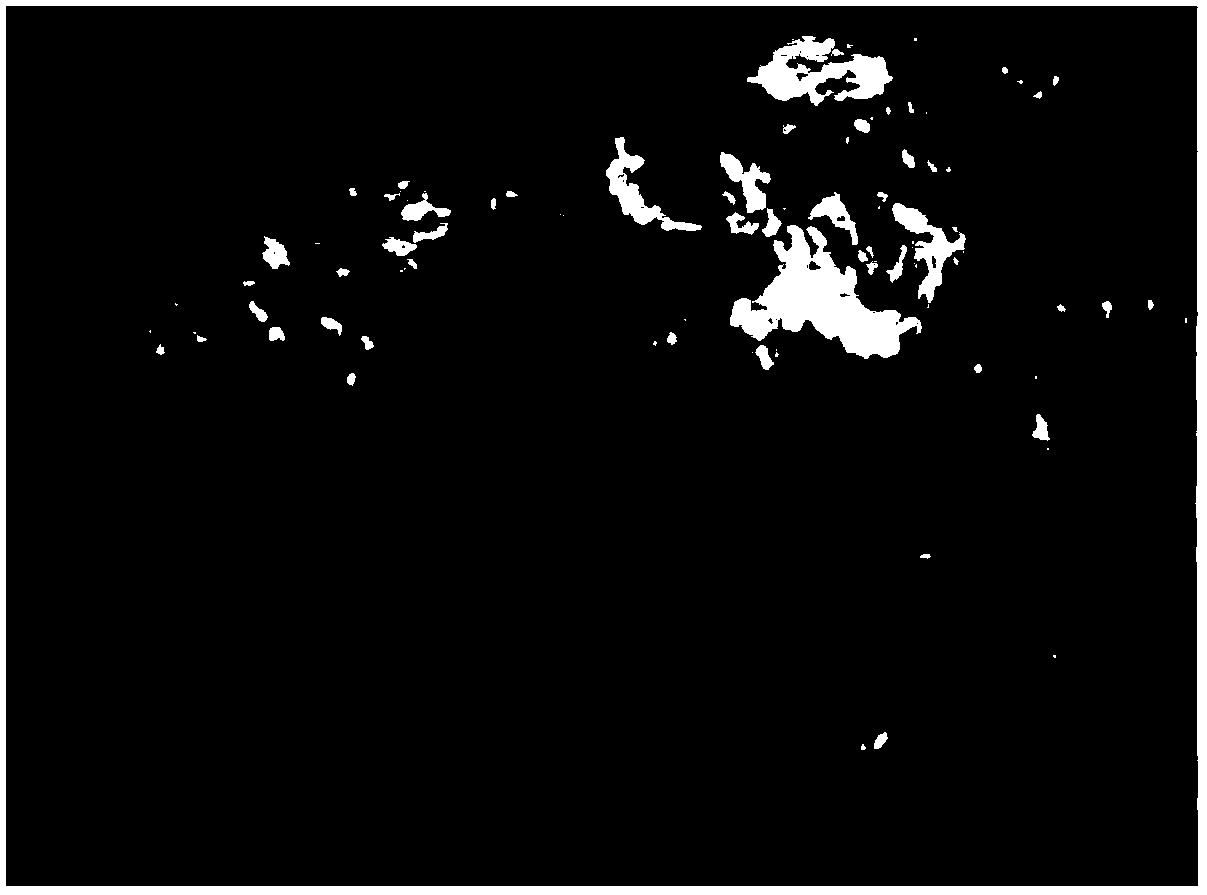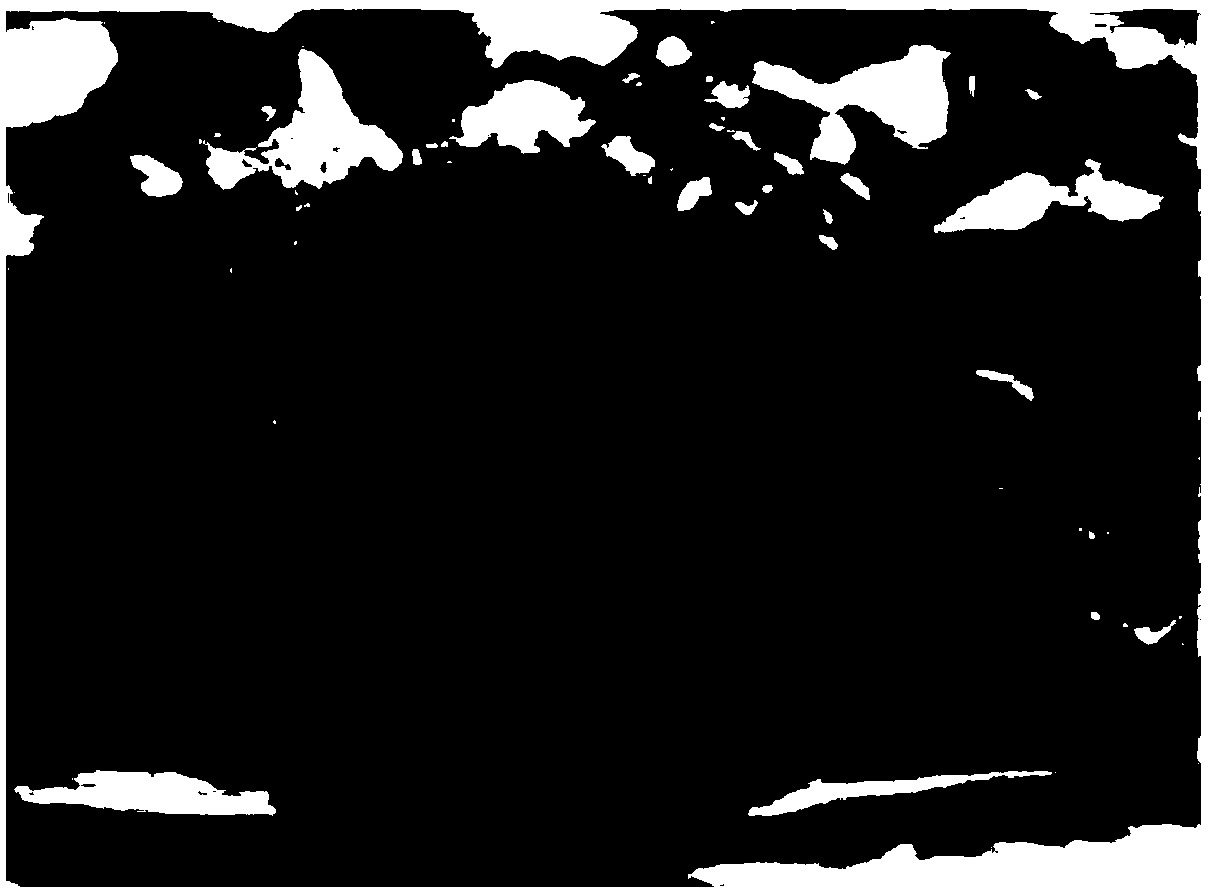A method for Agrobacterium-mediated infection and transformation of Mongolian willow
An Agrobacterium-mediated, Agrobacterium-mediated technology, applied in the field of plant genetic engineering, can solve problems such as no reports on the establishment of a Mongolian willow regeneration system.
- Summary
- Abstract
- Description
- Claims
- Application Information
AI Technical Summary
Problems solved by technology
Method used
Image
Examples
specific Embodiment approach 1
[0034] Specific embodiment one: the method of the Agrobacterium-mediated infection transformation Mongolian willow of the present embodiment is carried out according to the following steps:
[0035] One, the induction of the leaf callus of artificially cultivated Mongolian willow aseptic seedlings: Mongolian willow seeds are disinfected and sterilized by 69% to 71% alcohol and 2% to 4% sodium hypochlorite by volume fraction, and then in 1 After germination on the / 2MS medium, grow to the aseptic seedlings of the 4-leaf stage or the 5-leaf stage, and cut the leaves of the aseptic seedlings whose length×width is (0.5cm±0.1cm)×(0.5cm±0.1cm) in MSYD1 Induce callus on the culture medium; at 27.5°C-28.5°C, culture under light conditions for 14 hours, then culture under dark conditions for 10 hours, so that light and dark conditions are alternately cultured for 20-25 days, and then replace the medium once, 60-65 days callus induced;
[0036] 2. Agrobacterium infection transformation...
specific Embodiment approach 2
[0039] Specific embodiment 2: The difference between this embodiment and specific embodiment 1 is that step 1 MSYD1 medium is composed of MS dry powder medium 4.73g / L, sucrose 30g / L, 2,4-D 3mg / L, 6-benzyl Aminopurine 0.5mg / L, naphthaleneacetic acid 0.2mg / L, agar powder 8g / L and distilled water, pH=5.8±0.2. Other steps and parameters are the same as those in the first embodiment.
specific Embodiment approach 3
[0040] Embodiment 3: This embodiment differs from Embodiment 1 in that the YEP liquid medium in step 2 consists of 10 g of tryptone, 10 g of yeast extract, 5 g of sodium chloride and 1000 mL of water, with a pH of 7.0±0.2. Other steps and parameters are the same as those in the first embodiment.
PUM
 Login to View More
Login to View More Abstract
Description
Claims
Application Information
 Login to View More
Login to View More - R&D
- Intellectual Property
- Life Sciences
- Materials
- Tech Scout
- Unparalleled Data Quality
- Higher Quality Content
- 60% Fewer Hallucinations
Browse by: Latest US Patents, China's latest patents, Technical Efficacy Thesaurus, Application Domain, Technology Topic, Popular Technical Reports.
© 2025 PatSnap. All rights reserved.Legal|Privacy policy|Modern Slavery Act Transparency Statement|Sitemap|About US| Contact US: help@patsnap.com



